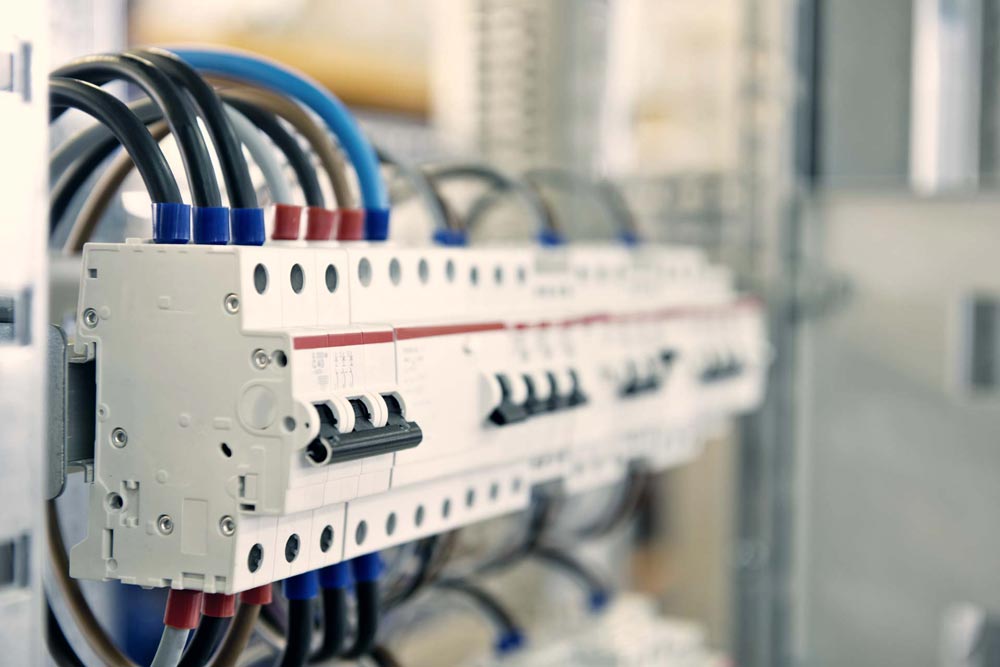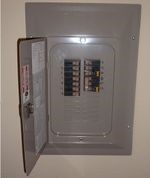Back to: PHYSICS SS1
Welcome to class!
In today’s class, we will be talking about safety devices. Enjoy the class!
Safety Devices

Introduction

Figure 1: A fuse box in a basement is one type of electrical safety device.
We use electricity for many of the energy services around the house. Because of this, it is extremely important to have various safety devices to protect from fire and electrocution. Industrial electricity use has similar problems. This page examines these electrical safety devices. Namely, fuses, circuit breakers, and ground fault circuit interrupters. Both fuses and circuit breakers are the connection point between the electrical grid and an individual house.
Fuse
A fuse is an electrical safety device that can protect an electric circuit from excessive electric current. It is designed to allow current through the circuit, but if the current exceeds some maximum value, it will open, severing the circuit.

Figure 2: A circuit breaker box.
Circuit breaker
Circuit breakers are devices that protect circuits from overload current conditions. They do the same job as fuses, but they are not destroyed when activated. They are more expensive to put in than fuses but since components rarely need to be replaced, it may be cheaper in the long term. Circuit breakers are often considered safer since the user can’t as easily disable them (like putting the wrong size fuse in place).
Circuit breakers functionally open a switch which turns off all the electrical current before the excess electrical current can start a fire. Before resetting the circuit breaker, always turn off or unplug the electronic devices that were being used with the breaker was activated.
Ground fault circuit interrupt

Figure 3: A GFCI plug
A ground fault circuit interrupter
A ground fault circuit interrupt is a device designed to detect a tiny mismatch in currents (going into and out of the circuit), to prevent electrocution. They are mandatory in bathrooms and kitchens, and anywhere else in a house where water may come in contact with an electric circuit.
Detecting faults in an electric circuit (simple continuity tester)
When there is a fault in a circuit, there will be no current in the circuit. An electric bulb connected in the circuit will not light up. Faults can occur in a circuit as a result of blown fuses leading to a short circuit or broken wire in a burnt-out lamp, leading to an open circuit.
To detect faults in a circuit, we use a continuity tester. This is the instrument used to test whether a circuit is continuous or broken at a certain point.
In our next class, we will be talking about the Particulate Nature of Matter. We hope you enjoyed the class.
Should you have any further question, feel free to ask in the comment section below and trust us to respond as soon as possible.
